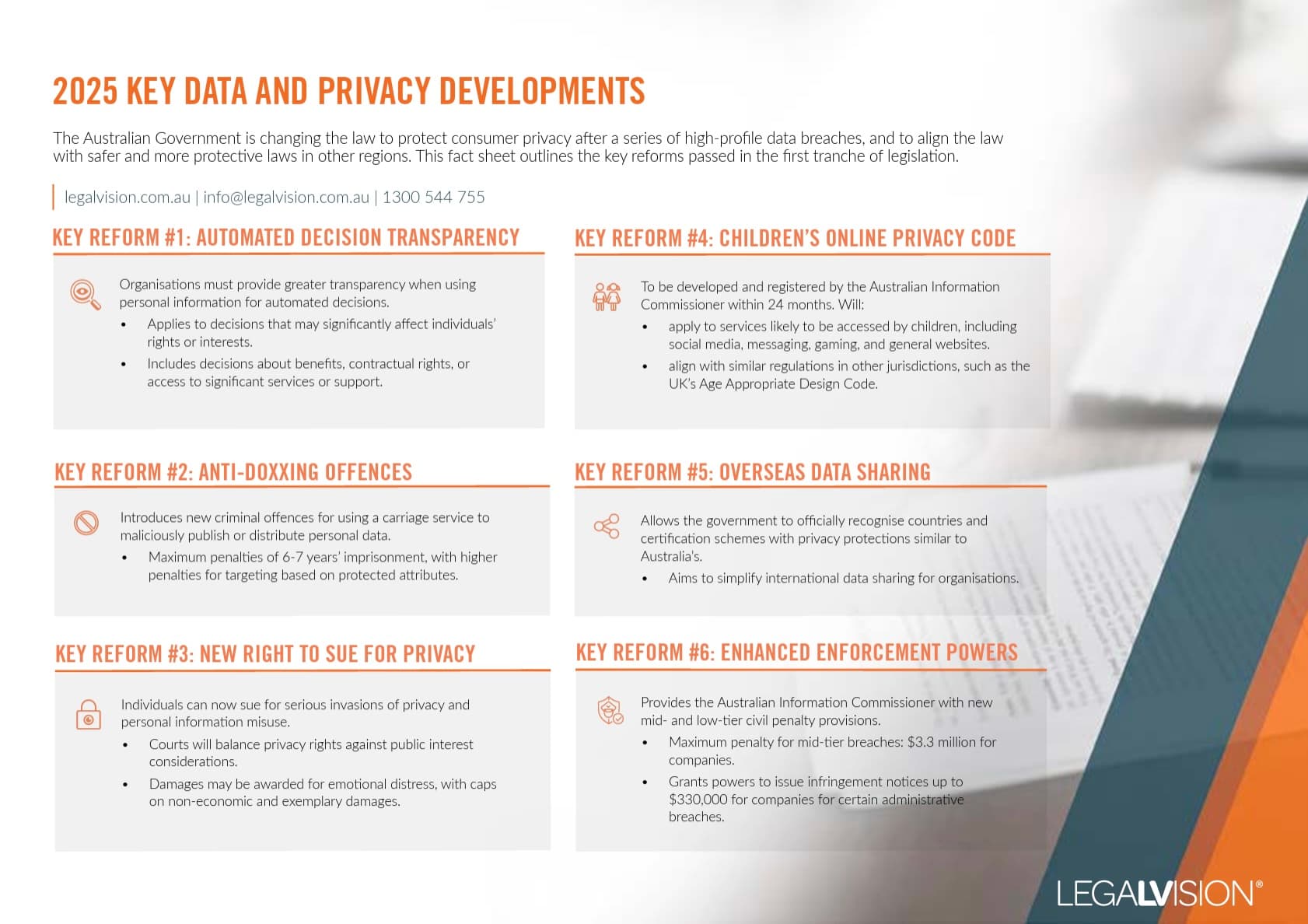Table of Contents
All businesses, whether small, medium or large, have information technology (IT) needs. As business owners, you may consider using in-house IT staff, calling upon a professional as required or establishing an ongoing relationship with an IT service business when deciding how to meet your business’ needs. The best IT solution for each business will vary.
This article describes some factors that may lead you to choose one IT solution model over another. We then discuss what type of legal agreement is appropriate and how to review and negotiate that agreement.
In-House IT Solution
An in-house IT solution means hiring IT staff as employees or contractors within your own business. Unless your business is very small, an in-house IT department will likely need to be more than one worker. Therefore, this option is best for a business that has a technology focus or has technology at the core of the business. You can more easily justify hiring in-house staff for these roles in these situations.
The main benefit of in-house IT staff is that they are focused only on your business. This means confidential data and intellectual property does not need to be accessed by or shared with a third party.
The key drawback is the ongoing cost of paying for a person for the foreseeable future. Furthermore, if your business grows rapidly or has an urgent IT need that cannot be solved in-house, then it may become necessary to outsource some of the business’ IT assistance.
Legal Agreement for an In-House Solution
Having an in-house IT solution means having an employment agreement for each of your IT employees. Alternatively, you will require a contractor agreement if you use a self-employed IT contractor. You should always check these tests and obtain legal advice if you are unsure. A lawyer can also assist with drafting the agreement for use with IT employees or contractors.
Break & Fix IT Solution
A break-and-fix solution means that when something breaks, the business contacts an IT service provider to fix it. The IT service provider will require remote access to the system or an onsite visit to fix the issue.
A break-and-fix solution is a useful backup plan if the business has an in-house IT team. Otherwise, it also provides an on-demand emergency solution for businesses that fail to plan for IT needs. Alternatively, a business may recognise its IT needs, but they may be rare or sporadic. Therefore, calling for assistance as required is a cost-effective model because there are no ongoing fees. However, even though there may not be an IT bill due each month, the fee under the break-and-fix model is unpredictable, creating an unexpected cost in your monthly budget.
Overall, the break-and-fix model is useful for businesses to supplement their own IT department or for small businesses that cannot afford to commit to a monthly fee. Larger businesses will likely have extensive IT needs, making the break-and-fix model time-consuming. It may also be costly because break and fix fees are often higher than managed service fees if calculated over time.
Legal Agreement for a Break & Fix Solution
If your business chooses a break-and-fix solution, you should draft a service agreement with warranties about access to the system. The warranties provide that the access is solely to fix the problem and that no data will be accessed or extracted unless required. Another clause should specify that all information will remain confidential. This gives you peace of mind.
Another crucial part of the agreement is the fees. The agreement should state how fees are calculated. For example, there might be a fixed fee, estimated fee, or schedule of fees charged hourly and invoiced following the completion of the job. The agreement should be provided, reviewed and then signed before work commences.
Continue reading this article below the formManaged Services IT Solution
A managed services solution is when a business signs up for ongoing support from an outsourced IT service supplier. Usually, the business will pay a monthly or yearly subscription and receive services as agreed between the business and the supplier. Services often include a help desk hotline, email, and an online chat. Usually, you will grant the IT service supplier ongoing access to the business’ systems so they can monitor and maintain the systems. If there is a breakage, the IT provider can provide a quick solution as the agreement is you have already signed the agreement and granted access.
The main benefit of a managed services arrangement is a predictable monthly IT spend. Furthermore, there is also less chance of a breakage occurring due to ongoing access and (hopefully) less downtime if a breakage does occur due to the:
- pre-arranged access;
- previous maintenance; and
- familiarity with the business’ systems.
This allows businesses to focus on running their business rather than thinking about IT issues. Sometimes, all services that the business may require are not in the agreement. This can cause uncertainty for the business and lead to unforeseen extra costs. Another drawback of managed services is that, for some businesses, the ongoing fees are not feasible.
Legal Agreement for a Managed Services Solution
When a business signs up for managed services, it should receive a managed services agreement. This agreement should outline the terms of the relationship. This includes:
- what services are covered;
- what software is part of the agreement;
- the level of service, such as response time and downtime;
- the warranties; and
- the business’ obligations. For example, the business must provide access for assistance to be delivered.
If an issue requires an IT staff member of the managed services supplier to attend to the problem in person, they will need physical access to the premises to complete it. A managed services agreement is often a lengthy document, so it is best to have it checked over by a lawyer to ensure it meets your expectations now rather than getting a nasty surprise later.

This factsheet outlines the Australian Government’s strengthened consumer privacy laws in 2025 following major data breaches and their alignment with global standards.
Key Takeaways
There are a variety of options that you may choose to fulfil your business’ IT needs. The three common IT solutions are:
- an in-house IT solution;
- a break and fix IT solution; and
- a managed services solution.
No matter which solution your business chooses, you should ensure you have the correct legal agreement. If you need help understanding which IT solution is best for your business from a legal standpoint, contact our experienced IT lawyers as part of our LegalVision membership. For a low monthly fee, you will have unlimited access to lawyers to answer your questions and draft and review your documents. Call us today on 1300 544 755 or visit our membership page.
We appreciate your feedback – your submission has been successfully received.











